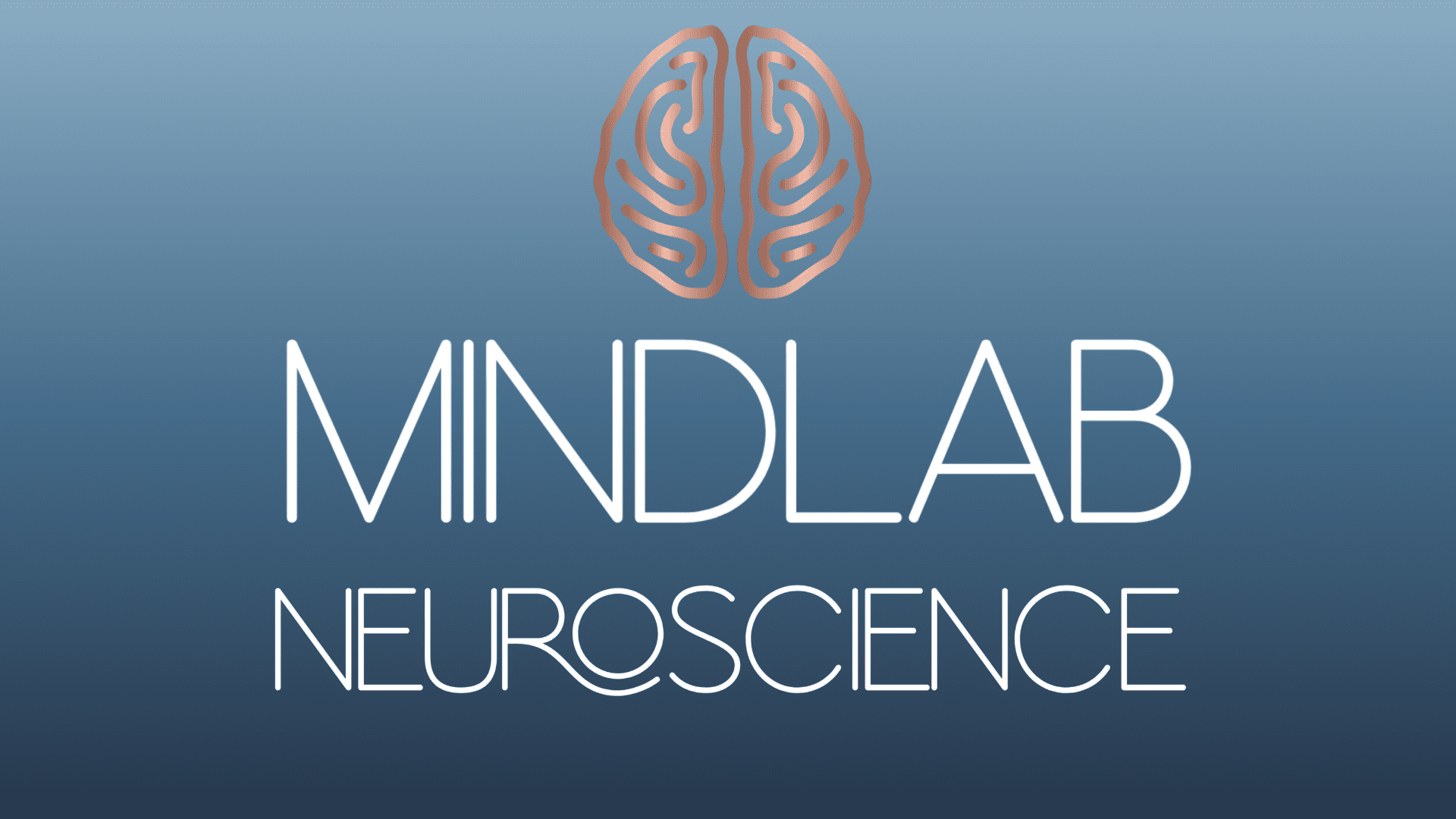Imagine having a personal coach embedded in your brain that keeps you motivated, focused, and moving toward your goals effortlessly. That’s essentially what happens when you understand and apply dopamine coaching to personal development. This neuroscience-based method transforms how you achieve goals by working with your brain’s natural reward system rather than fighting it. Most personal development strategies rely on willpower and discipline, but these approaches often fail because they ignore how your brain actually works. Understanding dopamine coaching succeeds because it aligns your goals, habits, and environment with the neurological pathways that drive human motivation and learning throughout your life.
Understanding Dopamine Beyond the Feel-Good Myth
Dopamine is commonly called the brain’s pleasure chemical, but this description profoundly misses the real story. The truth is that dopamine drives motivation and desire, not pleasure itself. When you imagine achieving a goal, dopamine surges through your brain’s reward pathways. That surge creates an almost magnetic pull toward taking action. This represents dopamine coaching’s foundation: harnessing this fundamental neurological principle to transform how you approach personal and professional growth.
Research in neuroscience reveals something fascinating about dopamine’s actual role in your brain. Dopamine doesn’t simply respond to receiving rewards. Instead, dopamine responds to the difference between what you expected and what actually happened. Neuroscientists call this difference a reward prediction error. When you achieve better results than predicted, dopamine spikes dramatically. When you fall short of expectations, dopamine dips, understanding this mechanism is essential because it shows exactly how to structure your goals and milestones to keep your brain’s motivation system firing consistently and powerfully.
The ventral tegmental area and nucleus accumbens are brain regions packed with dopamine neurons that form your motivation system’s core. These aren’t passive structures simply waiting for rewards to appear. They actively predict which actions will lead to valuable outcomes. They calculate the value of your choices constantly. When you align your goals with this system’s natural way of operating, something remarkable happens. Your brain stops resisting. Pursuing your objectives feels natural rather than forced. Progress accelerates dramatically. Habits stick. This is dopamine coaching’s genuine power when applied correctly.
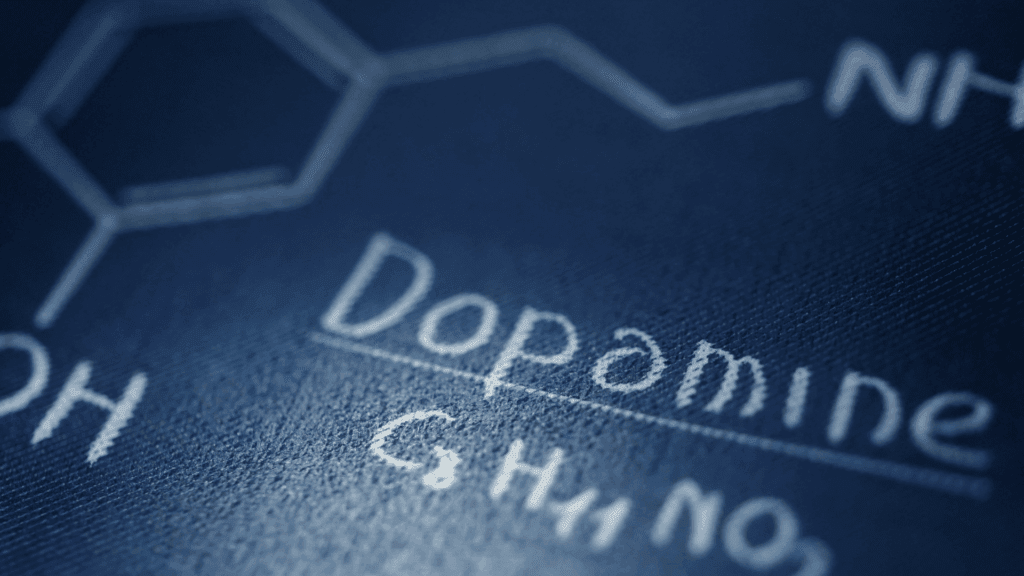
Why Your Dopamine System Evolved This Way
Understanding your dopamine system requires looking back millions of years to your evolutionary past. Your ancestors faced survival challenges that demanded quick decisions about which actions would bring rewards and which would bring danger. Dopamine evolved as the solution to this fundamental challenge. It helps you evaluate opportunities, take action toward valued goals, and learn from outcomes through experience. When your ancestors spotted food, dopamine surged, motivating pursuit. When they failed to find food where expected, dopamine decreased, adjusting their search strategy for the future.
Your brain treats modern professional ambitions with the same dopamine machinery that helped your ancestors survive in a dangerous world. When you pursue a meaningful project or develop a critical skill, dopamine responds with the same neurochemical intensity that it would to basic survival needs. By understanding these evolutionary roots, dopamine coaching helps you work with your brain’s natural tendencies rather than constantly fighting them. You learn to structure your environment and goals in ways that naturally trigger dopamine responses, creating a cascade of positive neurochemical effects.
The basal ganglia, a brain structure working closely with dopamine, plays a crucial role in habit formation and automatization. When you repeat a behavior and experience dopamine release afterward, the basal ganglia gradually assumes control from your prefrontal cortex. This transition from conscious effort to automatic action represents one of the most powerful changes this approach facilitates. Once habits become automatic, they require significantly less willpower and mental energy. You can then focus your mental resources on new growth and challenges.
How Dopamine Coaching Works Inside Your Brain
Dopamine coaching succeeds because it engages the brain’s learning mechanisms directly at the neurochemical level. Dopamine neurons encode reward prediction errors that signal learning and motivation throughout your brain. When you achieve a goal better than expected, dopamine surges. This surge tells your brain to strengthen the neural connections supporting the behaviors that led to success. Simultaneously, your brain weakens connections supporting ineffective behaviors. Dopamine realignment coaching addresses imbalances in your reward system by recalibrating how your brain responds to goals and milestones, ensuring optimal dopamine signaling supports your motivation and executive function rather than depleting it. Over time, successful behavior patterns become your brain’s default response.
Neuroplasticity, the brain’s ability to form new connections throughout life, becomes your greatest asset when using dopamine coaching. Every time you practice a new behavior and receive a dopamine reward, you’re literally rewiring your brain at the neurological level. New neural connections form. Existing connections strengthen or weaken based on their outcomes. Over months of consistent work with dopamine coaching principles, your brain reorganizes around your goals. Neural pathways supporting goal-aligned behaviors become strongest and most easily activated. Your brain’s default responses begin aligning with your conscious intentions. This is when lasting transformation truly occurs.
The prefrontal cortex, your brain’s executive control center, works in partnership with dopamine to enhance decision-making and impulse control. Dopamine doesn’t just make you more motivated. When optimized, dopamine also enhances executive function significantly. This dual enhancement explains why dopamine coaching produces such rapid, dramatic results. People become not just more motivated to achieve their goals. They also think more clearly, plan more effectively, and execute more consistently.
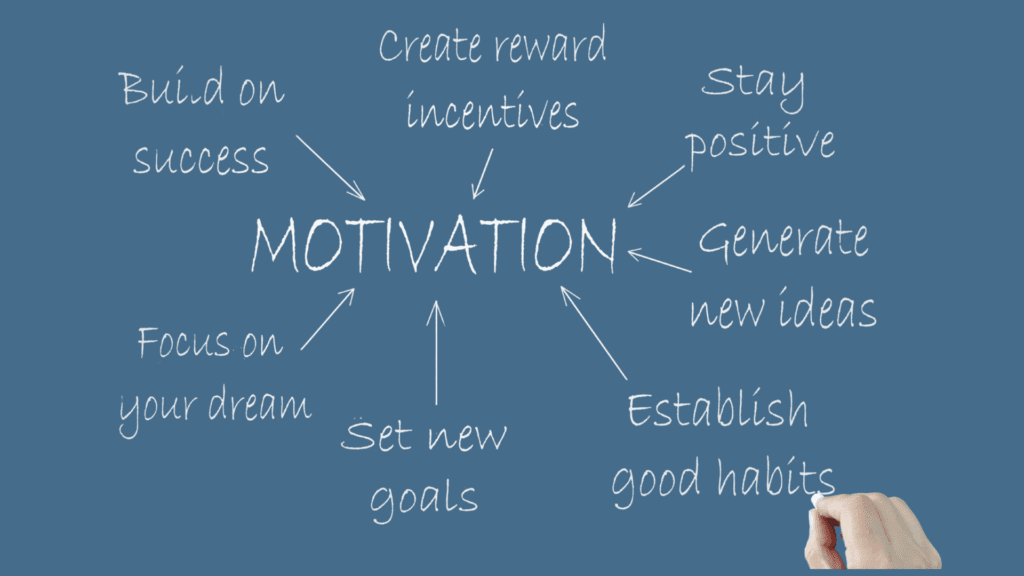
Breaking Large Goals Into Motivating Milestones
One of the most transformative applications of dopamine coaching involves restructuring how you set and pursue your goals. Traditional goal setting recommends setting one large annual objective. While ambitious goals inspire, they often fail to trigger regular dopamine releases throughout the year. Your brain’s motivation system craves frequent wins and positive feedback. Dopamine coaching solves this by breaking large goals into smaller, measurable milestones that deliver consistent dopamine rewards.
This approach isn’t about lowering your standards or settling for less achievement. It’s about optimizing your brain chemistry for sustained motivation throughout your journey. When you cross off a weekly milestone, dopamine surges. That surge reinforces behaviors leading to the win. Your brain files away the lesson that those actions work effectively. You feel motivated to continue forward. Next week, you hit another milestone. Another dopamine release. Another reinforcement of successful patterns. Over weeks and months, these micro-victories compound into extraordinary achievement.
Research on dopamine learning shows something powerful about the anticipation effect. Anticipating progress actually triggers dopamine release, not just completing goals. This means dopamine coaching includes visualizing your milestones and positive outcomes vividly. When you vividly imagine yourself crossing the finish line of a weekly objective, dopamine surges right then. That neurochemical state primes your brain to notice opportunities aligned with your goal. Visualization becomes a practical tool grounded in brain science.
Consider a coaching professional wanting to grow their practice revenue substantially. Rather than fixating solely on an annual revenue target that feels distant, dopamine coaching breaks this into monthly milestones, weekly client acquisition targets, and daily action steps. Each completed daily action triggers a small dopamine release. Weekly milestones deliver larger releases. Monthly and quarterly milestones build momentum. This frequent reinforcement keeps your brain’s motivation system engaged. Within a year, what seemed distant becomes a series of achieved milestones that collectively create remarkable growth.

Using Dopamine Coaching for Habit Formation
Habits represent one of the most powerful applications of these principles. Every habit contains a cue triggering the behavior and a reward reinforcing it. Dopamine makes this entire loop function. When you structure habits using dopamine coaching, you deliberately design the reward component to trigger dopamine release. This accelerates habit formation dramatically, reducing the time needed for behaviors to become automatic.
Your prefrontal cortex initially controls behaviors through conscious effort and deliberate decision-making. This is where you start with dopamine coaching. This is why new habits feel difficult and exhausting. You’re engaging executive functions requiring significant mental energy. Over time, as habits repeat and dopamine reinforces neural pathways, the basal ganglia takes control. Behaviors become automatic. What required constant attention becomes something you perform without thinking. Dopamine coaching accelerates this transition by ensuring the reward component triggers consistent dopamine release.
Different rewards trigger dopamine in different ways. Immediate rewards trigger dopamine quickly but may produce adaptation where the same reward stops feeling rewarding. Variable rewards, where timing or magnitude is unpredictable, trigger particularly strong dopamine responses. Meaningful rewards aligned with your values produce sustained dopamine engagement. Coaches using dopamine coaching help you design habits with reward structures fitting your personality and goals. Someone motivated by immediate feedback benefits from daily tracking. Someone driven by purpose focuses on how habits contribute to larger life goals.
Environmental design powerfully supports dopamine coaching for habits. By placing cues in your physical environment, you make desired behaviors easier to trigger consistently. Laying out workout clothes before bed creates a cue for morning exercise. Preparing healthy food options makes good nutrition simpler to choose. These environmental adjustments reduce friction, increasing the likelihood you’ll perform the behavior. When you complete it, the dopamine reward reinforces it. Over time, the environment and behavior become tightly linked.
Decision Making and Risk Assessment
Your dopamine system influences how you evaluate risk and make decisions, which has profound implications for dopamine coaching. Understanding your dopamine-influenced decision patterns helps you make better choices about which goals to pursue and how to pursue them effectively. Different people’s dopamine systems bias them toward different risk preferences. Some are drawn to cautious choices. Others prefer high-risk, high-reward scenarios. Understanding your pattern helps you make conscious decisions rather than being driven by unconscious neurochemistry.
Dopamine’s relationship with risk involves multiple dopamine receptor subtypes working together harmoniously. D1 and D2 receptors in the prefrontal cortex and nucleus accumbens influence how you weigh potential rewards against potential losses. When your dopamine system is optimally balanced, you evaluate risk objectively. You see both upside and downside. You make decisions aligned with your goals and values. When dopamine becomes imbalanced, your decision-making becomes biased. You might take excessive risks or become overly cautious.
Dopamine coaching helps you understand your baseline risk preferences and deliberately adjust them when necessary for your goals. If your goal requires calculated risks but your natural dopamine preference is caution, specific strategies can help you gradually increase risk tolerance. If your tendency is toward excessive risk-taking, dopamine coaching principles can help you develop deliberation and assessment habits. This isn’t about forcing yourself against your nature. It’s about understanding how your brain naturally decides and consciously choosing to adjust when situations warrant it.
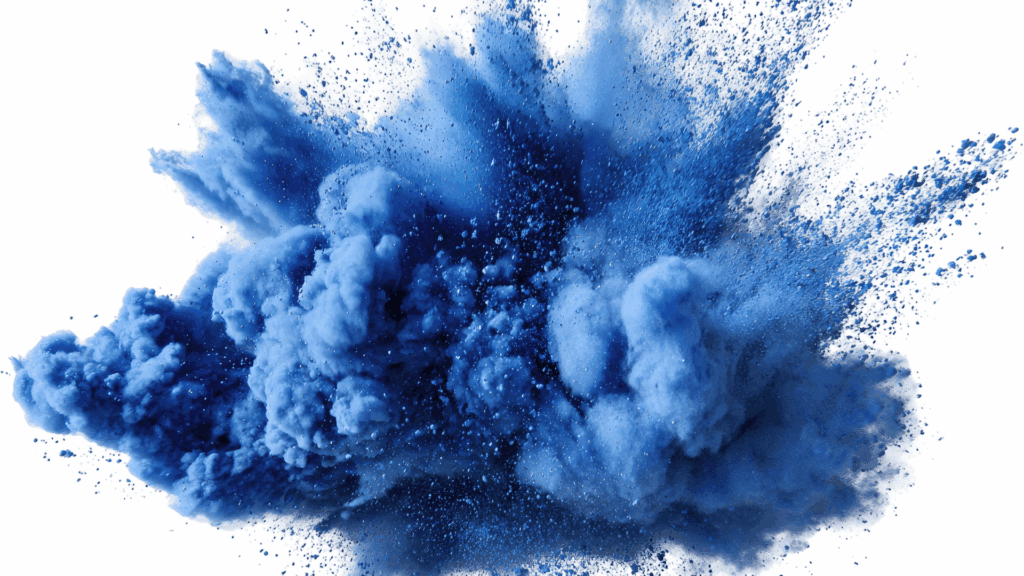
Executive Function Enhancement
Executive functions, including planning, organization, working memory, and impulse control, all depend on dopamine signaling in your prefrontal cortex. This is why dopamine coaching extends far beyond motivation. Optimal dopamine levels enhance your ability to think clearly, plan effectively, and resist distractions powerfully. When dopamine is too low, executive functions suffer noticeably. You struggle to organize thoughts. Tasks feel overwhelming. You procrastinate. When dopamine becomes excessive, you might become impulsive or scattered. Finding your optimal dopamine zone is where executive functions truly flourish.
This method recognizes something many approaches miss completely. The same neurotransmitter system driving motivation also drives cognitive control. By optimizing dopamine through dopamine coaching strategies, you simultaneously enhance motivation and executive function. You become both more driven and more capable. This dual enhancement explains why dopamine coaching produces such rapid, dramatic results. People aren’t just more motivated toward goals. They also think more clearly, plan more effectively, and execute more consistently.
The relationship between dopamine and cognitive performance follows an inverted U-shaped curve. Optimal cognitive performance occurs at the peak. When dopamine levels are low, you struggle with focus and motivation. Above optimal dopamine, you become scattered and impulsive. Dopamine coaching involves calibrating your dopamine to sit at that peak. This calibration involves lifestyle factors including sleep, exercise, stress management, and structured reward scheduling. It also involves the mental practices and behavioral strategies these principles provide.
Professional Success Through These Principles
Professional performance demands both motivation and cognitive clarity. Dopamine coaching delivers both by optimizing your brain’s dopamine system. Whether you’re a coaching professional, therapist, entrepreneur, or business leader, dopamine coaching principles transform your effectiveness. The key is applying these strategies to your specific professional context.
For coaching professionals, dopamine coaching offers a framework that significantly accelerates client results. Rather than relying on client willpower, coaches help clients structure goals and habits to engage their brain’s natural motivation system. Clients experience more frequent wins. These wins trigger dopamine releases, reinforcing winning behaviors. Momentum builds naturally. What might require months of struggle now unfolds more naturally. Clients stay engaged because they consistently experience success rather than endure long stretches without visible progress.
For leaders and managers, dopamine coaching principles transform team dynamics fundamentally. By structuring work so that team members experience regular wins and recognition, leaders create a dopamine-rich environment where engagement flourishes. Clear goals, visible progress, and consistent recognition all trigger dopamine release. Team members feel motivated not because leaders push them but because their brain’s reward system is engaged positively. This creates sustainable high performance rather than temporary compliance.
For anyone pursuing professional growth, dopamine coaching helps navigate learning challenges effectively. Early in learning, everything requires conscious attention and effort. This is cognitively demanding and often feels frustrating. Dopamine coaching structures learning so small wins accumulate regularly. You complete one module. Dopamine release. You master one concept. Another release. Over weeks, what started overwhelming becomes manageable. Frequent dopamine rewards maintain engagement through difficult early learning phases.

Building Your Personal System
Building an effective system starts with understanding your current relationship with dopamine. Do you experience low dopamine levels, where motivation noticeably struggles? Do dopamine surges occur toward certain goals or activities? Are you sensitive to immediate rewards or do you respond better to long-term meaningful outcomes? An honest self-assessment of your dopamine patterns provides the foundation for success in dopamine coaching.
Environmental design becomes your first intervention. Your physical environment either supports or undermines dopamine coaching. Environments rich with cues for desired behaviors make performing them easier. When you perform them and receive the designed reward, dopamine reinforces the pattern. Over time, the environment itself becomes motivating. You enter your workspace and feel motivated. You open your calendar and see milestones clearly. These cues trigger dopamine responses, priming you for success.
Goal structuring represents your second key component. Break large goals into milestones achievable within weeks. Make milestones specific and measurable. Assign timelines for each. Celebrate when hitting each milestone. This celebration triggers dopamine release. Dopamine reinforces behaviors that lead to the milestone. You become more likely to repeat those behaviors. Momentum builds. Each completed milestone makes the next easier to achieve.
Tracking and visualization form your third component. Visible progress is powerfully motivating. When you see you’ve completed seventy percent of your weekly goal, dopamine is released. This visual progress representation rewards you. Visualization goes further. Spend time each morning vividly imagining yourself completing your day’s objectives and positive feelings accompanying success. This mental rehearsal triggers dopamine and primes your brain to notice opportunities aligned with your goals throughout the day.
By creating a personalized dopamine menu of rewards aligned with your values—from immediate gratifications to meaningful long-term outcomes—you design a motivation system that keeps your brain engaged through every stage of your dopamine coaching journey.
Overcoming Common Challenges
Adaptation represents one of the most common challenges in dopamine coaching. When you receive the same reward repeatedly, your brain adapts. The reward no longer triggers dopamine equally. This method incorporates reward variety to prevent adaptation. Some days, your reward might be tangible. Other days it’s a special experience. Other days it’s social recognition. This variation prevents adaptation and keeps your dopamine system engaged consistently.
Another challenge involves setting milestones that are either too easy or too difficult. Milestones that are too easy don’t trigger strong dopamine responses because you didn’t really stretch. Milestones that are too difficult can trigger feelings of failure, which suppress dopamine. The optimal zone involves stretch goals that require effort but remain achievable with focused work. Dopamine coaching helps you calibrate this zone. As you accomplish milestones, you gradually increase difficulty. You stretch without breaking.
Many people initially struggle to understand that dopamine coaching isn’t about forcing willpower. They expect to push harder or discipline themselves more. The reality is opposite. Dopamine coaching works by aligning goals with how your brain naturally operates. When this alignment occurs, pursuing goals feels natural rather than forced. The resistance you typically feel when fighting your brain’s natural tendencies disappears. You experience flow. Work feels engaging rather than exhausting.
The Deep Neuroscience Behind This Method
At its core, dopamine coaching works because it engages your brain’s learning mechanisms directly at the neurochemical level. Dopamine neurons encode reward prediction errors. When you achieve milestones better than expected, dopamine surges. This surge signals to your brain that behaviors that lead to success should be repeated. Your brain strengthens neural connections supporting those successful behaviors. Simultaneously, your brain weakens connections supporting unsuccessful behaviors. Over time, successful patterns become default. Struggling patterns fade.
This neural remodeling is neuroplasticity. Every time you practice a behavior and receive a dopamine reward, you’re literally restructuring your brain. New neural connections form. Existing connections strengthen or weaken based on outcomes. Over months of consistent dopamine coaching, your brain reorganizes around your goals. Neural pathways supporting goal-aligned behaviors become strongest and most easily activated. Your brain’s default aligns with conscious intentions. This is when lasting transformation occurs.
Dopamine coaching also engages your brain’s social and emotional systems. Recognition’s dopamine response is stronger when recognition comes from someone you respect. This is why coaching relationships amplify these effects. A skilled coach recognizes your wins at moments, maximizing dopamine impact. The coach’s genuine appreciation triggers stronger dopamine response than self-recognition alone. Over time, external recognition helps reshape your self-perception and confidence.
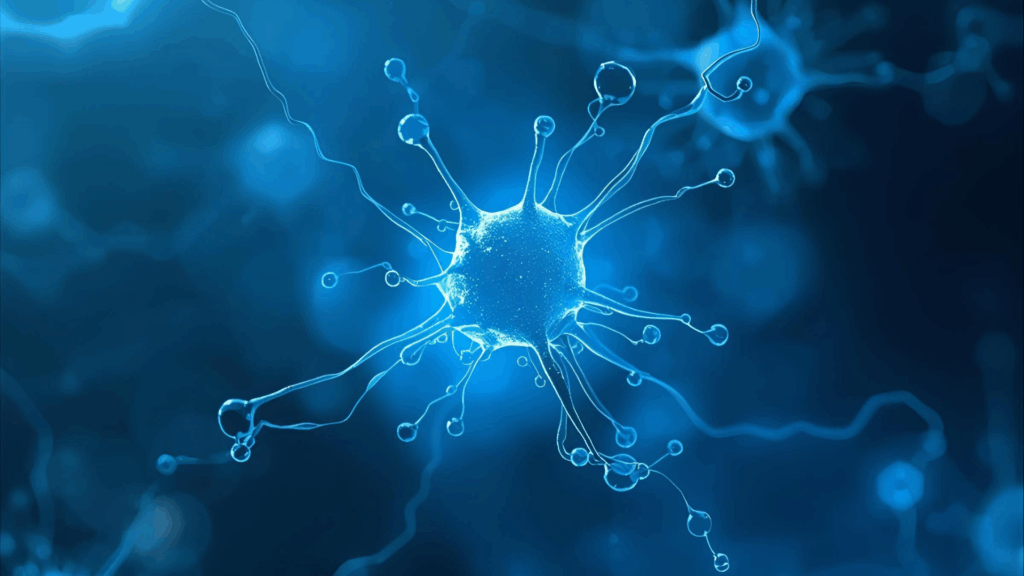
Measuring Success and Staying Accountable
Quantifiable metrics become essential in dopamine coaching. You need to know whether you’ve hit milestones because that knowledge triggers dopamine. Vague progress feels uncertain and unmotivating. Precise metrics, such as revenue increases or clients acquired, create clarity. When you know you’ve achieved metrics, dopamine floods your system. When working toward them, dopamine surges with anticipation. This is the metric foundation of dopamine coaching.
Different contexts require different metrics. Professionals might track revenue, client satisfaction, or completed projects. Athletes track times, distances, or personal records. Someone building meditation habits might track the number of days completed or the minutes logged. Specific metrics matter less than consistency in measuring them. Regular measurement creates regular dopamine release moments when you see progress. Visible progress accumulation compounds motivational effects.
Regular reflection on metrics serves multiple purposes in dopamine coaching. Reviewing progress reinforces neural pathways supporting successful behaviors. It provides information about which strategies work and which need adjustment. Dopamine coaching isn’t rigid. It adapts based on results. If milestone structures aren’t producing engagement, adjustments help. If reward types aren’t triggering dopamine, you experiment with alternatives. This data-driven adjustment ensures dopamine coaching continuously optimizes for your unique neurobiology and goals.
How This Differs From Traditional Approaches
Dopamine coaching differs from traditional coaching in explicitly focusing on brain chemistry and neuroplasticity. Traditional coaching often relies on talk therapy, goal setting, and accountability. These elements can be effective but they don’t directly engage dopamine. Dopamine coaching incorporates these elements while specifically structuring them to optimize dopamine signaling. Results are often more rapid and sustainable.
This approach differs from motivational coaching because it doesn’t focus on feeling more motivated. Instead, it restructures your situation so your brain naturally produces motivation through dopamine. You don’t have to drum up willpower. You don’t have to force enthusiasm. Your brain’s reward system engages, so pursuing goals feels natural. This removes the constant struggle characterizing many self-improvement attempts.
Dopamine coaching differs from behavioral coaching because it explains the neurochemistry underlying behavior change. Understanding that behavior changes because dopamine reinforces neural pathways provides confidence. You’re not white-knuckling through change via pure discipline. You’re working with your brain’s natural learning mechanisms. This understanding makes the process feel more achievable and sustainable.

Applying These Principles to Your Life
Dopamine coaching is highly effective for professional development and career advancement. By structuring goals into dopamine-triggering milestones, you sustain motivation through long-term growth. Each developed skill, acquired client, or completed project reinforces your capability and progress with dopamine. Over the years, accumulated wins create extraordinary professional achievement.
In relationships, dopamine coaching helps people move toward more connection. This method helps you set clear relationship goals. It breaks these into milestones of connection and communication. Each relationship improvement triggers dopamine. The person becomes motivated to continue improvement. Relationships deepen through accumulated small wins in understanding and connection.
Health and fitness show dramatic results from dopamine coaching. Rather than vague health resolutions, dopamine coaching creates specific milestones. Exercise four times weekly. Complete one nutrition plan week. Hit daily water intake targets. Each milestone completion triggers dopamine. Fitness improves. Health metrics improve. People feel more capable and energized. What started as discipline gradually becomes intrinsic motivation.
Final Thoughts
Dopamine coaching represents a fundamental shift in personal and professional development. Rather than relying solely on willpower and discipline, it engages your brain’s natural chemistry for sustainable change. By understanding dopamine’s role in motivation, learning, and behavior, you can structure goals, habits, and environments to keep your dopamine system consistently engaged.
This method’s power lies in its alignment with neuroscience. This isn’t a motivational technique or positive thinking. Dopamine coaching is rooted in decades of neuroscience research showing how your brain’s reward system shapes behavior and learns. When you apply these principles, you leverage your brain’s most fundamental learning and motivation systems. Results are typically more rapid, sustainable, and profound than approaches that fight your neurobiology.
Your dopamine system evolved over millions of years, driving you toward valued outcomes. Today in a modern world with complex goals, that same system serves you powerfully. Understanding how to activate your dopamine system in alignment with modern goals through dopamine coaching creates transformation. The result is not just achieving objectives. The result is rewiring how your brain supports growth. You become someone naturally moving toward goals. Success becomes the default rather than the exception. This transformation represents dopamine coaching’s true promise and potential for sustainable personal and professional excellence.
Read about real neuroscience-based coaching success stories:
Breaking Through Mental Plateaus – David Carter’s NeuroDrive Success Story
From Burnout to Peak Focus – Jessica Turner’s NeuroDrive Success
Renewed Drive Real Results – Sarah Mitchell’s NeuroDrive Success Story
Sharper Thinking, Stronger Results – Michael Reynolds’ NeuroDrive Transformation
#DopamineCoaching #NeuroCoaching #BrainBasedLeadership #MotivationScience #HabitFormation #NeuroplasticityWorks #GoalAchievement #ExecutiveCoaching #CoachingNeuroscience #BrainScienceMatters #DopamineOptimization #SustainableChange #ProfessionalGrowth #NeuroLeadership #CoachingExcellence

